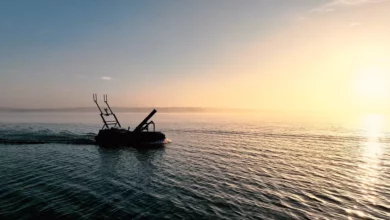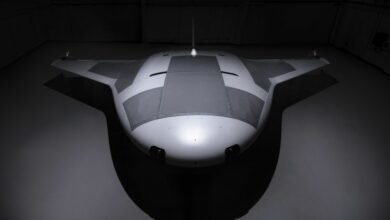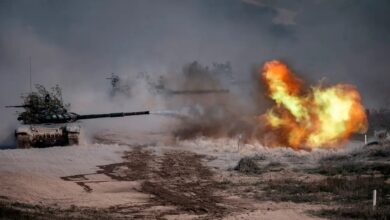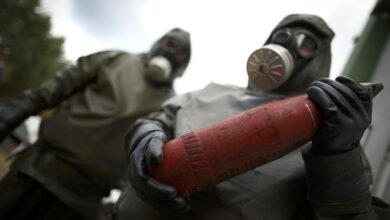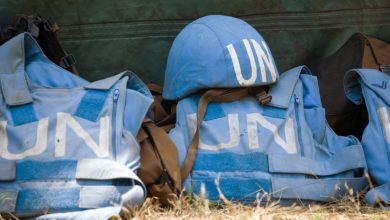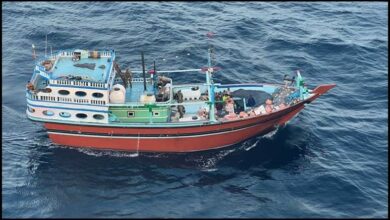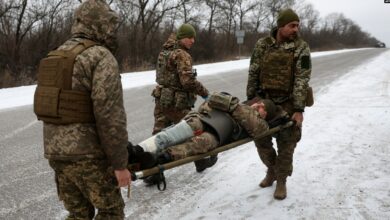
China is on the move in the Pacific, and its eyes are set on US territory.
This chilling reality was recognized by the top US Indo-Pacific officer Admiral Philip Davidson during a congressional hearing in May. “Guam is a target today,” he admitted solemnly.
Not to be outdone, Russia is also bolstering its military buildup in the region through the deployment of defense missiles in the Pacific Islands.
While US military leaders like Admiral Davidson are actively advocating for investments to enhance our military readiness against Pacific aggression, there is a notable hole in our arsenal that has yet to be addressed: seaplanes.
Seaplanes are aircraft capable of taking off, landing, and floating on water.
China has the “Fish Dragon” (AG600), the world’s largest amphibious aircraft. Russia possesses the “Mermaid” (Be-200), a rare jet-powered flying boat. The US military, on the other hand, does not have a single operable seaplane.
American Seaplanes During WW2 Pacific Campaign
During the Pacific Campaign of World War II, however, the American seaplane fleet — amounting to over 4,000 — maintained a web of logistics critical to America’s ability to project power around the region.
Throughout the war, seaplanes of various kinds rescued thousands of downed airmen and sailors, resupplied hundreds of remote operating bases, and acted as the eyes and ears for commanders in the field.
Given the vast geography at play, much of the Pacific campaign during World War II was a strategic turf war to transform coral atolls into strategic logistics hubs with operational runways, supply depots, and harbors.

Eventually, with the dawn of both the deployment of aircraft carriers and the utilization of seaplanes, the reduced dependence on these runways became a force multiplier for the US Pacific Fleet.
Unfortunately, the US didn’t initially have the prescience needed to fully realize the versatility of seaplanes. It took occurrences like the 1941 Japanese invasion of the Philippines, where American Army Air Forces were annihilated on the ground because the Japanese knew exactly where they would be and when.
Hidden in lagoons, rivers, and bays and being logistically untethered to fixed bases, the vast majority of the seaplanes survived the initial strikes and served as one of our only sources of aerial logistics and close air support during the tortuous months that followed Japanese occupation.
Aircraft Carrier Replaces Seaplane
Throughout World War II, the aircraft carrier became the ultimate power projection tool leading the US Navy to completely restructure its fleets around those ships, but the seaplane during that same time was considered just as essential. Seaplanes’ hybrid utility was relied on for missions ranging from reconnaissance, fuel distribution, and rescue operations.
Yet despite the crucial role seaplanes played in the Pacific theater, they were quickly abandoned after the war. The US airbase network across the western Pacific was so vast, augmented by the mobility of carriers, that the military determined the seaplane was a relic that had served its purpose.
Current competing superpowers disagree. The Chinese are nearing certification of their AG600, a monster of a seaplane that will carry dozens of armed troops, tons of cargo, and have range and speed that outpaces many land-based planes.
For decades, the Russians have produced the Beriev Be-200, designed initially as a crew swap tool for nuclear submarines, now marketed as an aerial firefighter.
Outside of the military applications of these aircraft, they provide these nations a velvet hammer with which to project soft power to hundreds of islands around Asia. Delivering aid and providing evacuation to hard-hit areas during catastrophes is a key humanitarian capability of a seaplane.
Hurricane Maria in Puerto Rico in 2017 is the perfect example of the limitations of runway-dependent aircraft since aid to the island was delayed by airfield closures throughout the territory. Seaplanes could have provided relief within hours.
Restoring American Seaplane Capability
As America increasingly focuses on countering Chinese and Russian influence across the Pacific and as our military prepares to match their rapidly growing capabilities, the US must be equipped with a fully functional arsenal that includes versatile seaplanes.
Aviation capability is not developed quickly nor cheaply. To ensure there are no deficiencies in our strategic capability matrix and in preparation for a long game to counter China and Russia across the Western Pacific, the time is now to invest in revitalizing and restoring American seaplane capability.
 Tim Sheehy is an aerial firefighting pilot and CEO at Bridger Aerospace. Sheehy is also a former US Navy SEAL and recipient of the Bronze Star with Valor and Purple Heart military distinctions.
Tim Sheehy is an aerial firefighting pilot and CEO at Bridger Aerospace. Sheehy is also a former US Navy SEAL and recipient of the Bronze Star with Valor and Purple Heart military distinctions.
The views and opinions expressed here are those of the author and do not necessarily reflect the editorial position of The Defense Post.
The Defense Post aims to publish a wide range of high-quality opinion and analysis from a diverse array of people – do you want to send us yours? Click here to submit an op-ed.

